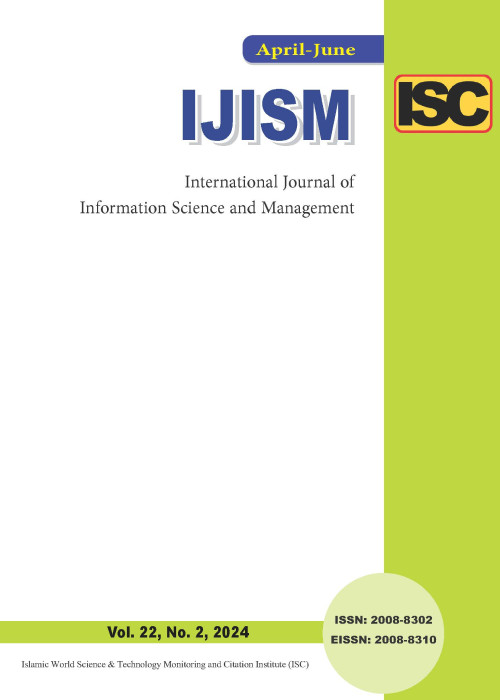A Saas-Based Approach in an E-Learning System
Author(s):
Abstract:
In the United States schools in the K12 School System, that provide education for primary, junior and senior high school students, are moving toward information systems to solve and automate some manual processes performed in these schools. With this movement, and the pressure on schools to use technology to improve student achievement, many schools are turning to learning management systems as a way to enhance student learning. Recent surveys show that K-12 online learning is a rapidly growing phenomenon. Also, many states in the United States, including Michigan, require an online experience for all graduates. Due to the rapid growth of cloud computing and Platform-as-a-Service (PaaS) there has been a shift towards web applications in some E-Business systems. Another shift is in the way software is being delivered to the end-user, namely using the Software-as-a-Service (SaaS) model. System integration is part of the huge challenge facing K12 schools in small and large school districts. Not having an integrated system is causing schools many tribulations, such as inconsistent data, duplicate manual data entry, and extra time needed to manage user accounts, and non-productive time spent on technical support. In addition, the task of maintaining the individual systems is time consuming. Despite the potential advantages, these systems can bring challenges to schools’ existing architecture. This research paper focuses on a comprehensive and innovative solution based on a conceptual framework and utilizing Web 2.0 technologies. The aim with the research project was to design a conceptual architecture for next generation of education system (E-Education 2.0), based on open source and Web 2.0 technologies, and utilizing cloud computing. This proposed solution has involved an analysis of all the business and information technology systems in the K12 environment. The solution also addresses the concerns of stakeholders by utilizing an integrated enterprise architecture, and when implemented would result in a cost effective, adaptable and scalable E-learning System. Teachers will be able to integrate information technology based features into the curriculum. Furthermore, the proposed solution provides a clear roadmap of how to transition existing individual systems into one integrated system, based on SaaS and PaaS technologies. The introduction of E-learning management systems into the mainstream K12 schools is expected to solve some of the problems in this education sector, but poses challenges such as systems integration of existing architectures. While SaaS has been widely used and adopted in several countries, there are still barriers to entry in developing countries.
Language:
English
Published:
International Journal of Information Science and Management, Volume:8 Issue: 1, Apr 2010
Pages:
27 to 40
magiran.com/p692682
دانلود و مطالعه متن این مقاله با یکی از روشهای زیر امکان پذیر است:
اشتراک شخصی
با عضویت و پرداخت آنلاین حق اشتراک یکساله به مبلغ 1,390,000ريال میتوانید 70 عنوان مطلب دانلود کنید!
اشتراک سازمانی
به کتابخانه دانشگاه یا محل کار خود پیشنهاد کنید تا اشتراک سازمانی این پایگاه را برای دسترسی نامحدود همه کاربران به متن مطالب تهیه نمایند!
توجه!
- حق عضویت دریافتی صرف حمایت از نشریات عضو و نگهداری، تکمیل و توسعه مگیران میشود.
- پرداخت حق اشتراک و دانلود مقالات اجازه بازنشر آن در سایر رسانههای چاپی و دیجیتال را به کاربر نمیدهد.
In order to view content subscription is required
Personal subscription
Subscribe magiran.com for 70 € euros via PayPal and download 70 articles during a year.
Organization subscription
Please contact us to subscribe your university or library for unlimited access!


